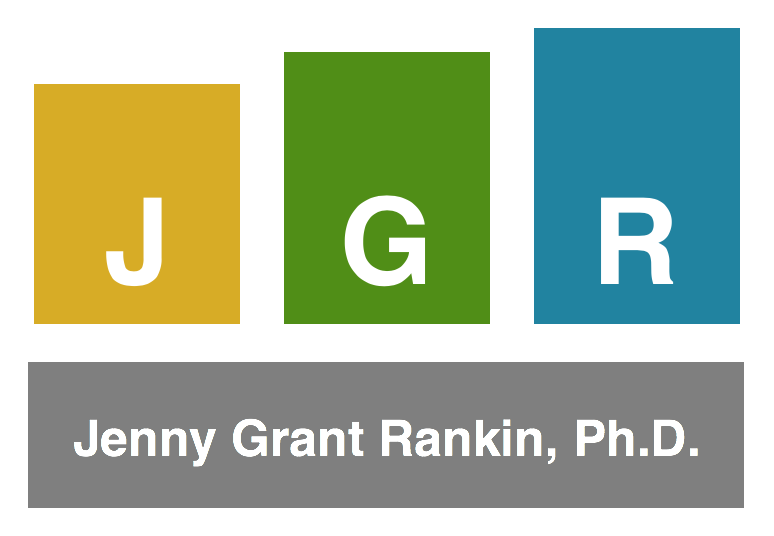Jonathan Corum of The New York Times posted an abridged version of a wonderful keynote presentation on Storytelling with Data (Corum, 2013). I encourage anyone interested in the communication of data to check it out.
In discussing graphics and data visualization, Corum (2013) made important distinctions between data visualization and other data displays, noting data visualization assists understanding of the data but often doesn’t explain the data, so data visualization shouldn't be mistaken as a tool to be used in decision-making if it's missing the explanatory element. Reports and graphs with more explanatory punch can serve that purpose. This is a distinction I addressed in A Place for Graphing Fun, as decision-making in education needs to be based on reports and report elements (e.g., graphs) that adhere to over-the-counter data (OTCD) recommendations.
Corum (2013) also touched on OTCD components. For example, he did a marvelous job explaining the importance of considering audience (Audience Appropriate is 1 of the OTCD Content standards) and was clear in stipulating the graphics’ creator is not its audience. This is a vital distinction in ed-tech, where data system programmers typically differ greatly from their educator audience; e.g., only 22% of computer programmers and 21% of computer software engineers are female (U.S. Department of Labor, U.S. Bureau of Labor Statistics, 2011), whereas 75% of all teachers and 84% of elementary teachers are female (Papay, Harvard Graduate School of Education, 2007), to pick 1 of many common differences. Even in cases where report creators mirror their clients’ demographics, they still need to speak to a range of users – something Corum explained well.
Some of my favorite points Corum (2013) made related to the OTCD Package/Design component. For example, he illustrated the effectiveness of removing clutter (OTCD’s Avoid Clutter standard), modeled how to reserve the use of graphing for main points (OTCD’s Graph When Appropriate: Use for Key Info/Comparisons standard), and presented multiple examples of appropriate simplification (OTCD’s Not Unnecessarily Complicated standard). Though a data system’s reports are different from the pages of The New York Times, these good design principles for data communication are effective in both venues.
Visit www.jennyrankin.com/subscribe to subscribe to this blog.

